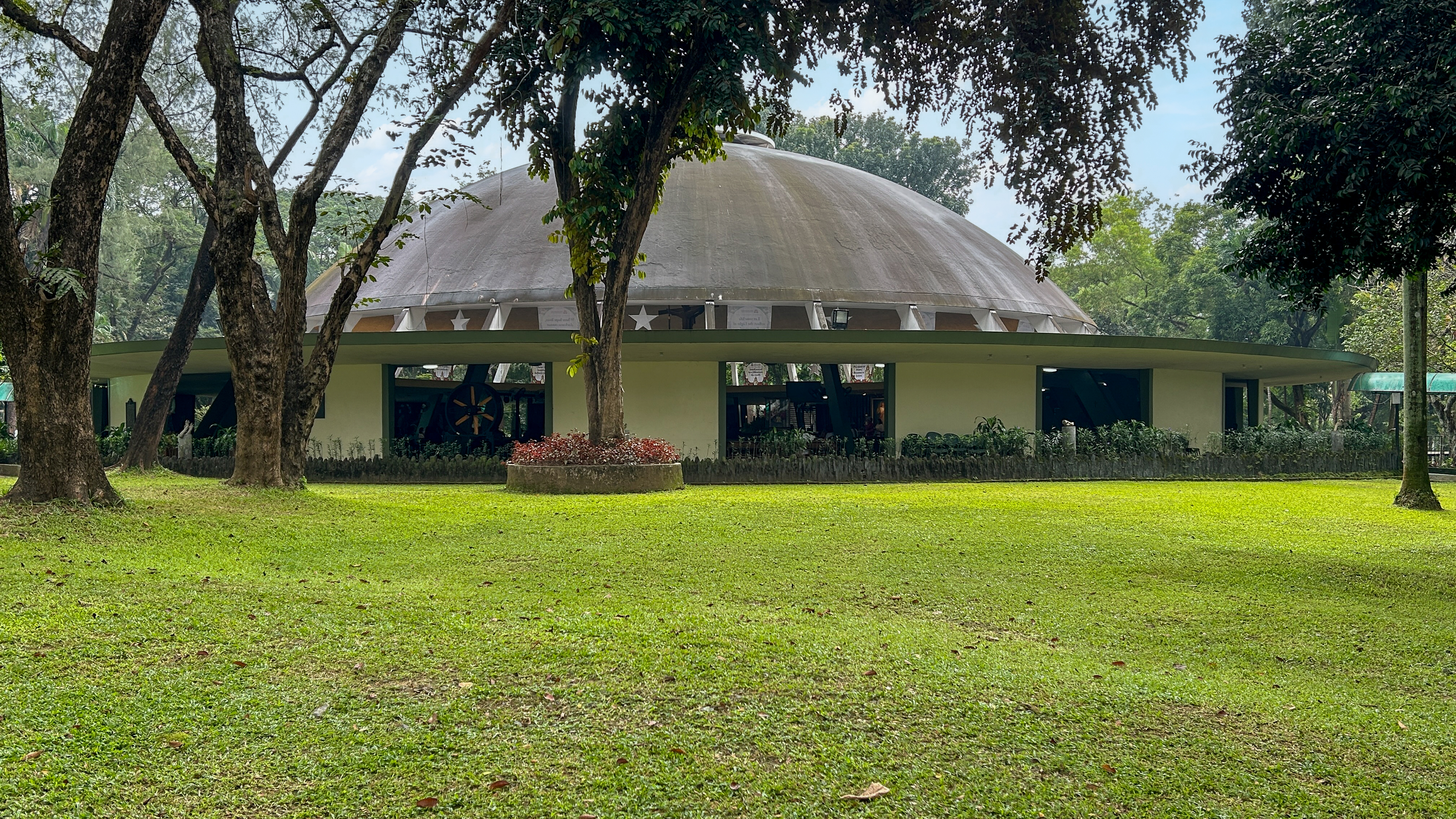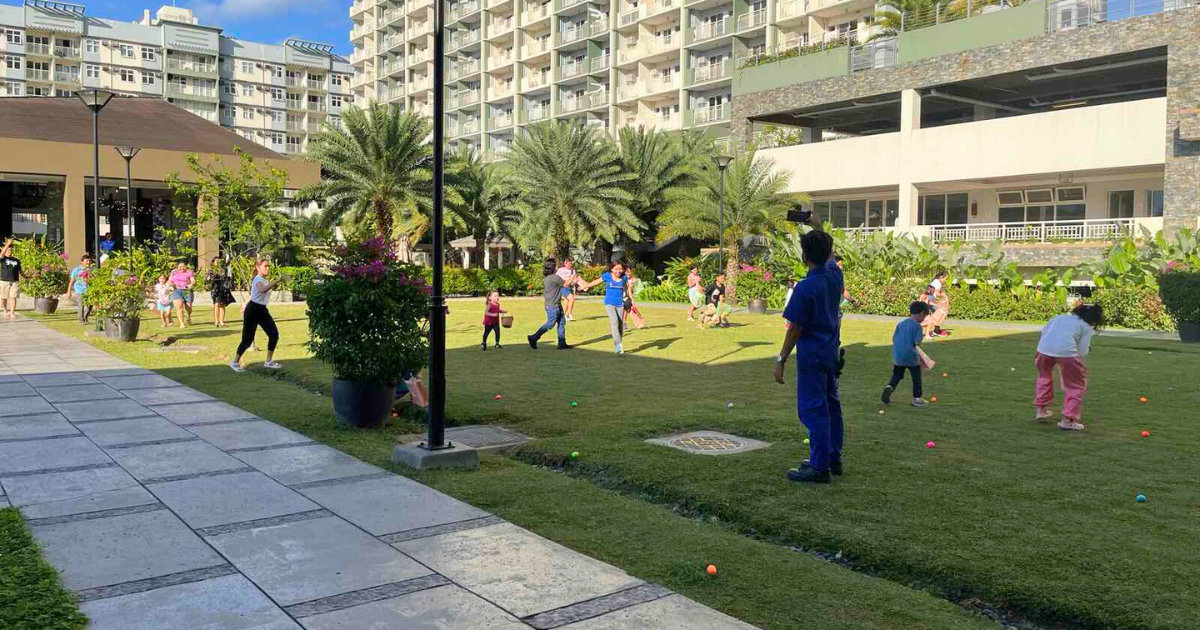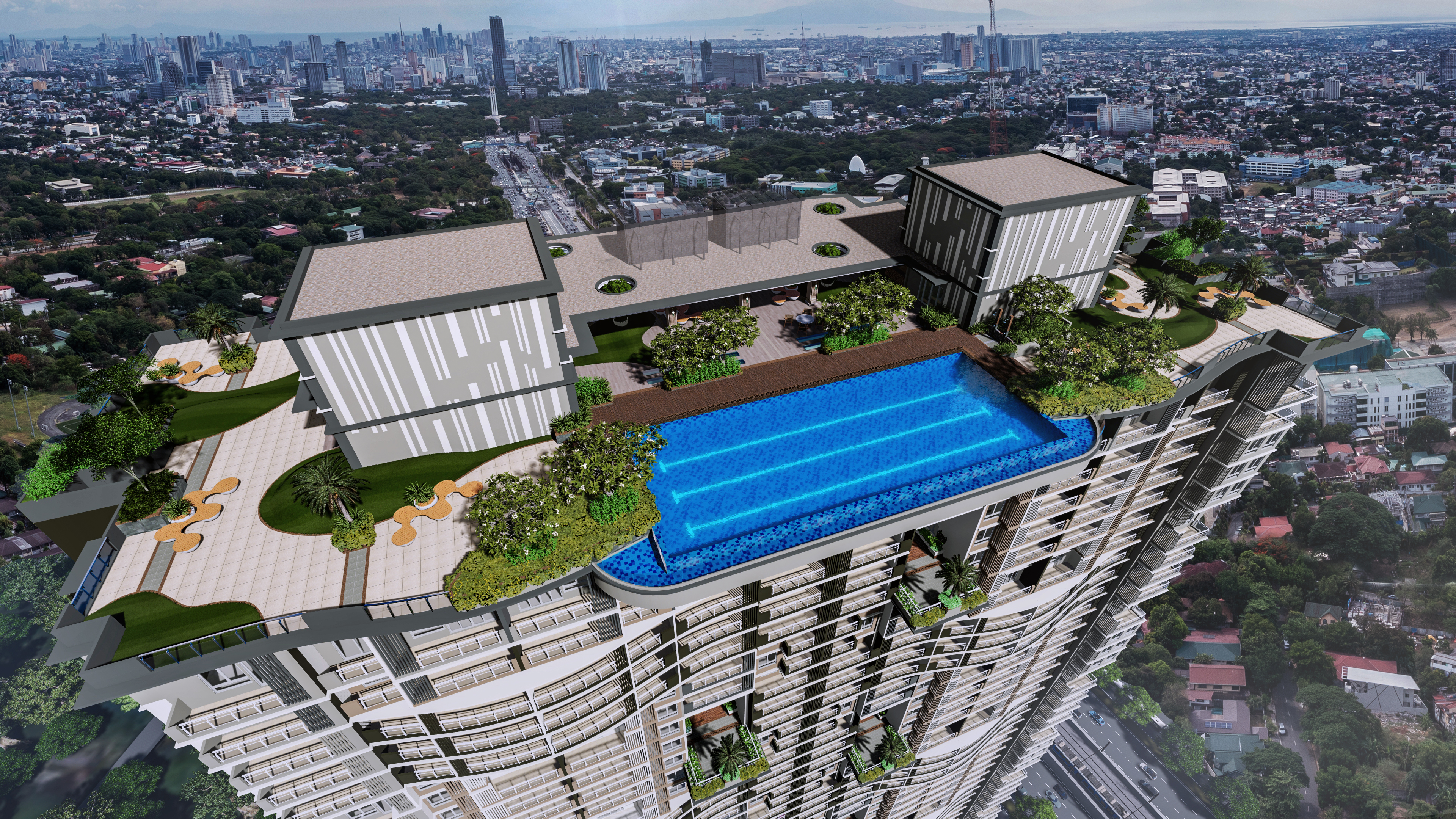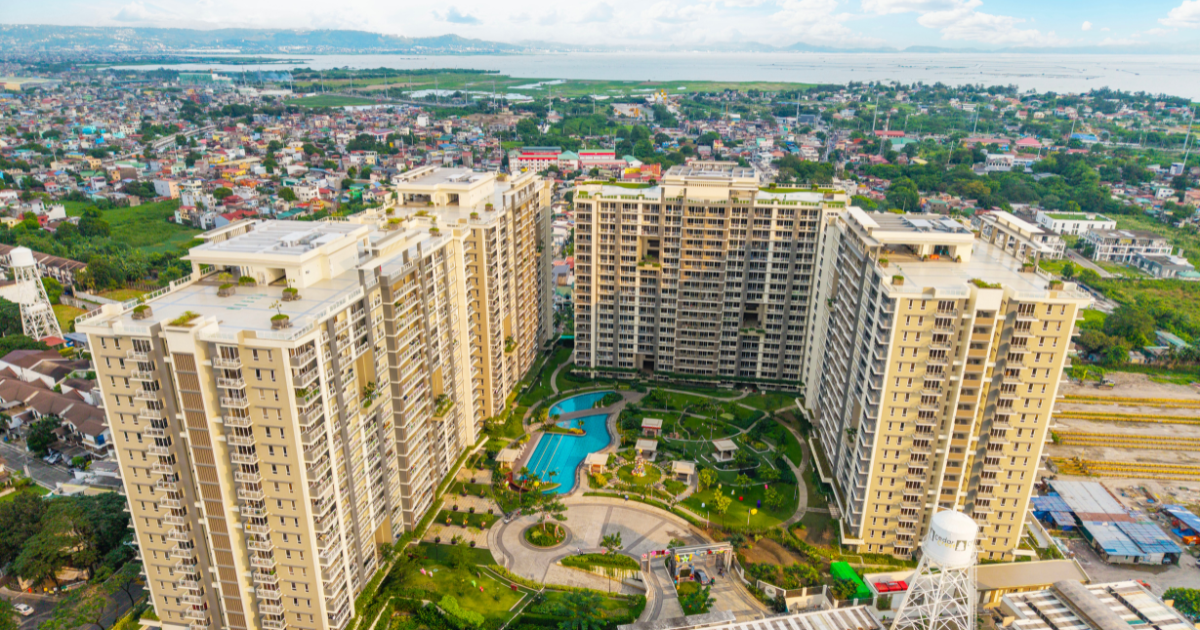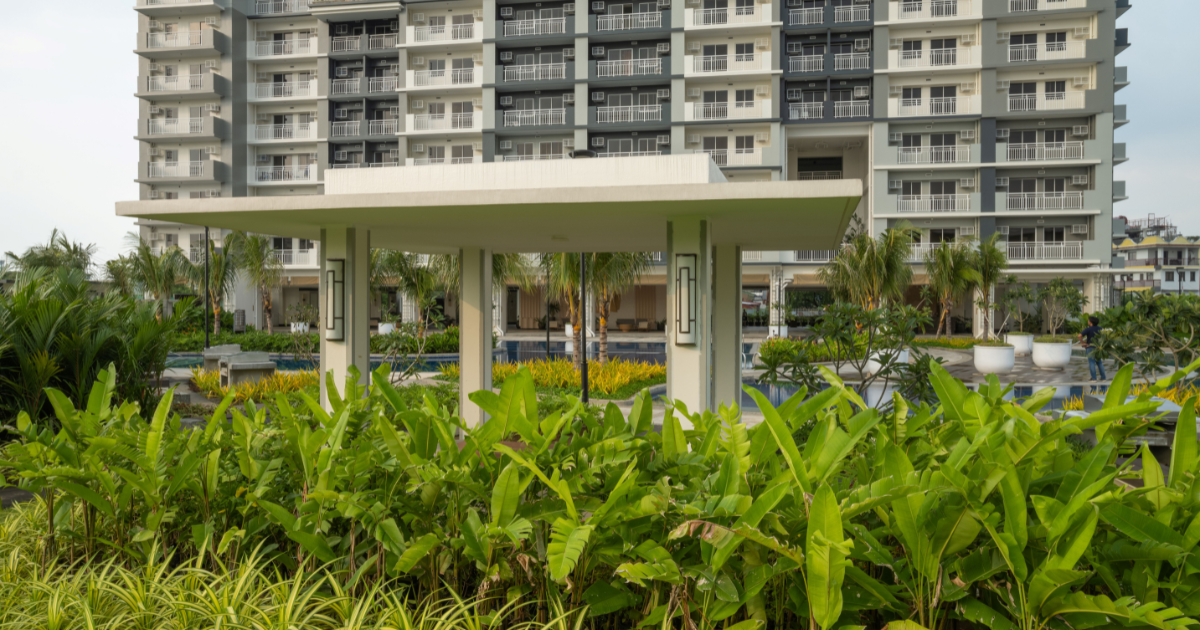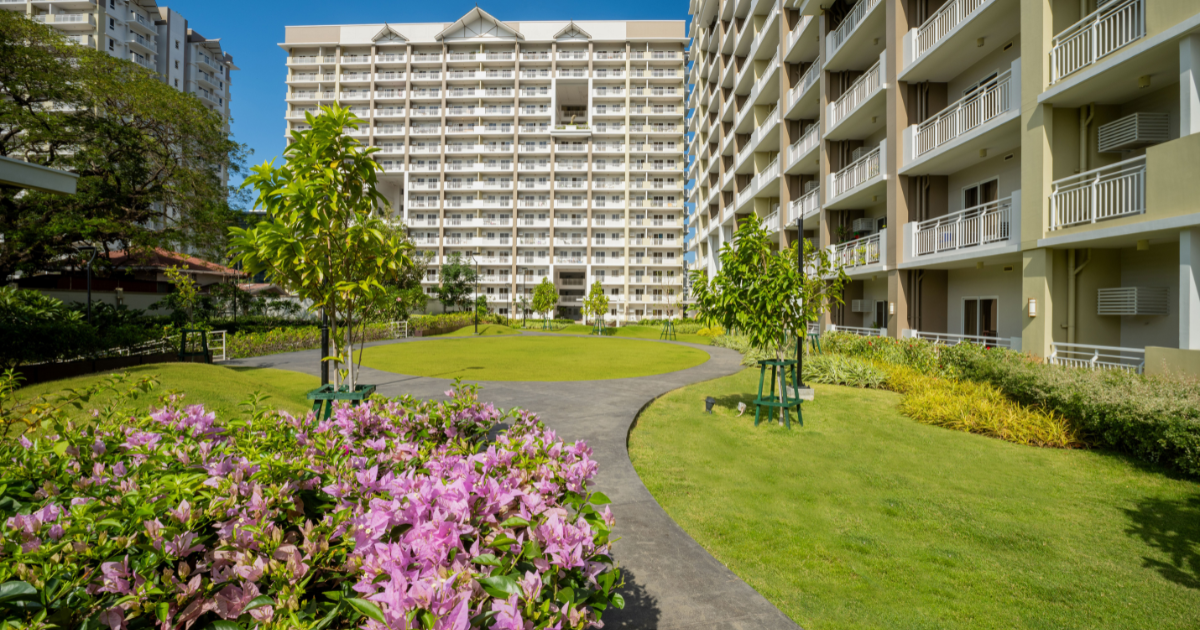How buildings are designed to withstand typhoons, strong winds

Photo taken by professional photographer, Mr. Jay Jallorina, from the roofdeck of Zinnia Towers in Quezon City.
Due to its geographical location in the western part of the North Pacific Ocean, more tropical cyclones hit the Philippines than anywhere else in the world yearly.
On average, around 20 tropical cyclones visit the country yearly, with 8 to 9 of them making landfall during the typhoon season from July to October according to the Philippine Atmospheric, Geophysical and Astronomical Services Administration (PAGASA)
Due to this, it is most crucial for Philippine construction companies to fortify structures and make them resistant against typhoons’ destructive winds, as well as powerful earthquakes, since the country is also prone to tremors due to its location on the seismically active Pacific “Ring of Fire.”
Analyzing Wind Effects
Quadruple A developer DMCI Homes, for one, taps local and foreign consultants to help ensure that its condominiums are well-engineered and can stand the test of time and elements.
Prior to construction, DMCI Homes models the design of buildings following the prescriptions of the current building code and performance-based analyses and testing for thresholds.
The company taps consultants to perform rigid tests on the building design such as wind tunnel testing to guarantee the integrity of the structure and the safety of residents from destructive winds.
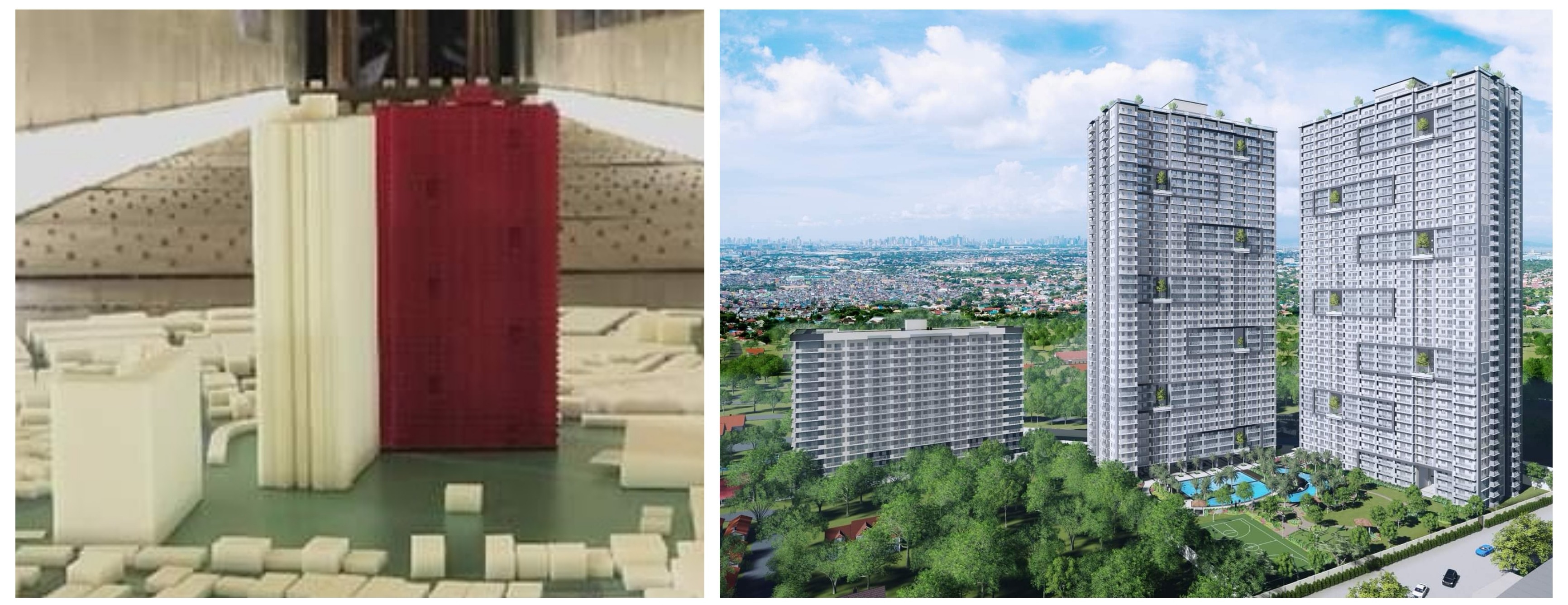
An identical scaled down model of Sonora Garden Residences and its surroundings made by AIT Solutions is tested under simulated wind flow in the wind tunnel laboratory. (Wind tunnel model photo courtesy of AIT Solutions)
Expert Solutions
One foreign consultant helping the company is AIT Solutions, Asian Institute of Technology, a Thailand-based firm with expertise in engineering, technology, infrastructure, and knowledge transfer activities.
Specifically in the domain of structural engineering, AIT Solutions has been involved in over 150 tall building projects where it has provided solutions and services on: performance-based seismic design, wind engineering studies, structural system development and code-based design review, real-time structural health monitoring, computational modeling and analysis of complex structural systems, and structural failure investigations and retrofitting design.
The solutions and services provided by AIT Solutions are built upon the extensive research and development conducted by the experts in Asian Institute of Technology.
Ensuring Structural Integrity and Occupants’ Comfort
The company has carried out performance-based seismic design and wind tunnel study for several high-rise buildings in the Philippines, Thailand, Bangladesh, Pakistan, and India.
AIT Solutions provided wind tunnel testing services to DMCI Homes’ projects like The Crestmont and Cameron Residences in Quezon City and Sonora Garden Residences in Las Piñas City to enhance the reliability and cost effectiveness in design of the structures.
With DMCI Homes’ proprietary Lumiventt® Design Technology, a design innovation that enables cross ventilation inside high-rise structures, conducting wind tunnel test along with Computational Fluid Dynamics (CFD) simulation in the first phase of the architectural design process is vital not just to fortify the structure but also to ensure future occupants’ comfort.
Wind Tunnel Testing
Engr. Thaung Htut Aung, Director of AIT Solutions said wind tunnel testing is a laboratory test conducted to accurately determine the effects of wind on the buildings and structures and effects on the occupants.
AITS in-house team works closely with project engineers and developers to enhance the reliability and cost effectiveness of the structural design thereby ensuring occupant comfort, façade design optimization, and improving pedestrian comfort.
Engr. Aung said the wind tunnel test is carried out in the atmospheric boundary layer wind tunnel in which the working section is 2.5 m wide and 2.5 m high with 23 m long.
The study assists architects and engineers in analyzing and verifying the reliability of a building’s structural performance while also achieving cost effectiveness.
“We conduct the study by making the identical scaled down model of the structure and its surroundings. This physical model is tested under simulated wind flow in the wind tunnel laboratory. Test outcomes are combined with the statistical analysis based on historical wind speed information,” Engr. Aung explained.
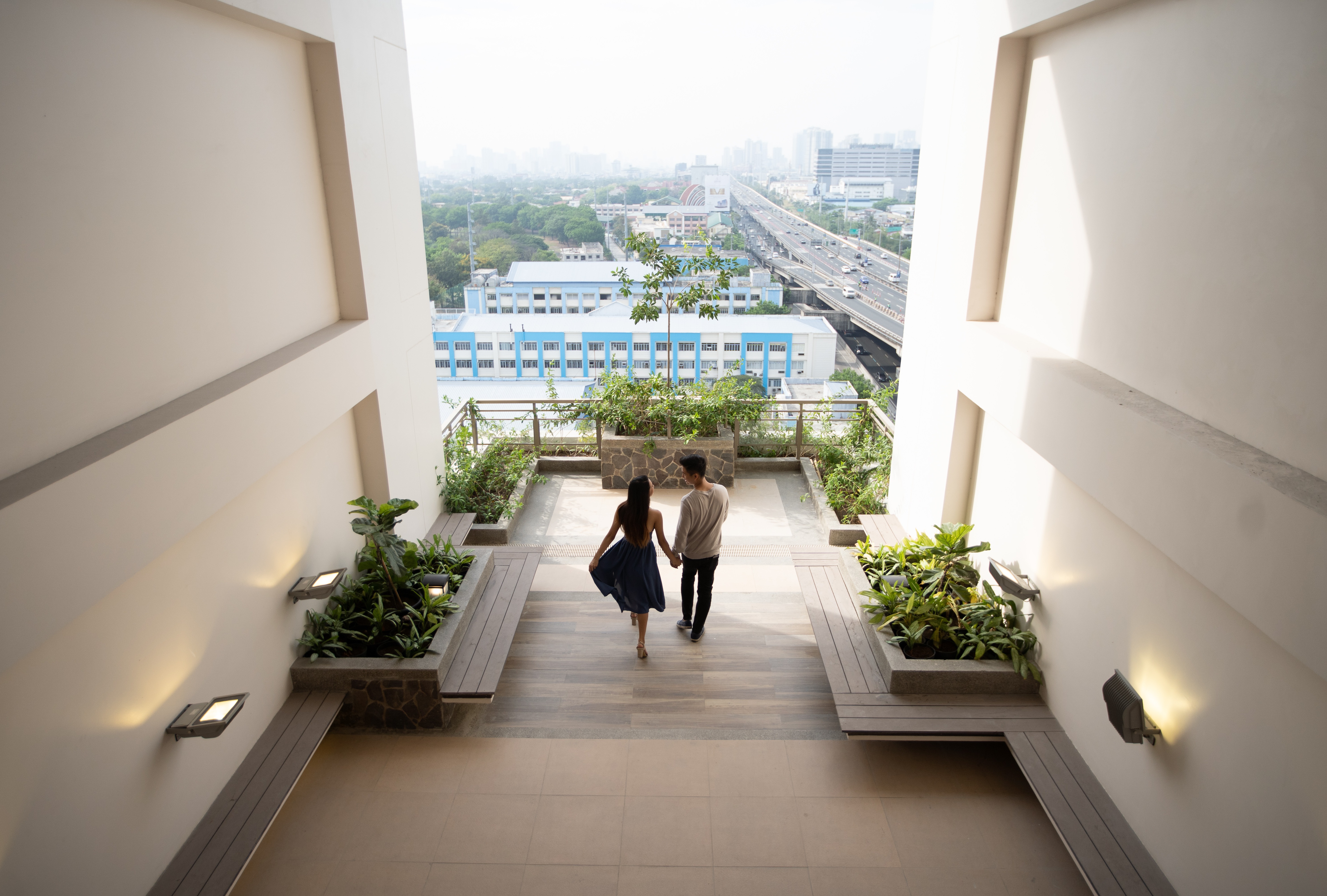
Wind tunnel testing also ensures that building occupants can use outdoor areas safely and comfortably during windy days.
Preventing discomfort and motion sickness
Apart from ensuring the building’s structural integrity, the procedure also ensures that motions caused by wind pressure on the structure will not result to discomfort or motion sickness among occupants.
Moreover, wind tunnel testing checks on the flow of the wind at key areas, such as thoroughfares, entrances, outdoor walkways or seating areas, pool decks, outdoor landscape areas from ground floor to rooftop, and canopies so occupants can use outdoor areas safely without discomfort during the windy days.
“Generally, three tests are carried out on buildings: determining the wind loading to be used for structural design by structural consultants; cladding design by cladding consultants; and checking of the wind velocity for the comfort and safety of occupants in the outdoor areas of the building,” Engr. Aung shared.
DMCI Homes is the Philippines’ first Quadruple A real estate developer known for building quality resort-inspired communities in Mega Manila, Baguio, Boracay, and Davao City. The company now has over 60 properties in its portfolio since it was launched in 1999.
To learn more about DMCI Homes’ pre-selling and ready for occupancy projects, units for lease, and special promos, call (632) 5324-8888. You can also visit leasing.dmcihomes.com to know more about opportunities in leasing and rent-to-own programs of DMCI Homes. News and other updates are also posted on the company’s official website and social media accounts on Facebook, Twitter, Instagram, and YouTube.
How do you feel about it?
